Last Updated: 13/08/2025
Dachshund Breed Guide
Thinking of a Dachshund? Our complete, vet-written guide covers everything you need to know about the beloved "sausage dog." Learn about their big personality, training needs, diet, and crucial health topics like preventing back injuries (IVDD). Your essential owner's resource.
Author: Dr Samantha Wycherley BVSc
Reading Time: 7 minutes - short read
Dachshunds are well known for their distinctive long body, short legs & quirky nature. Dachshunds typically have big personalities! They are a very popular breed in Australia and loved worldwide. Dachshunds make excellent companions and are well suited to family life.
All about Dachshunds
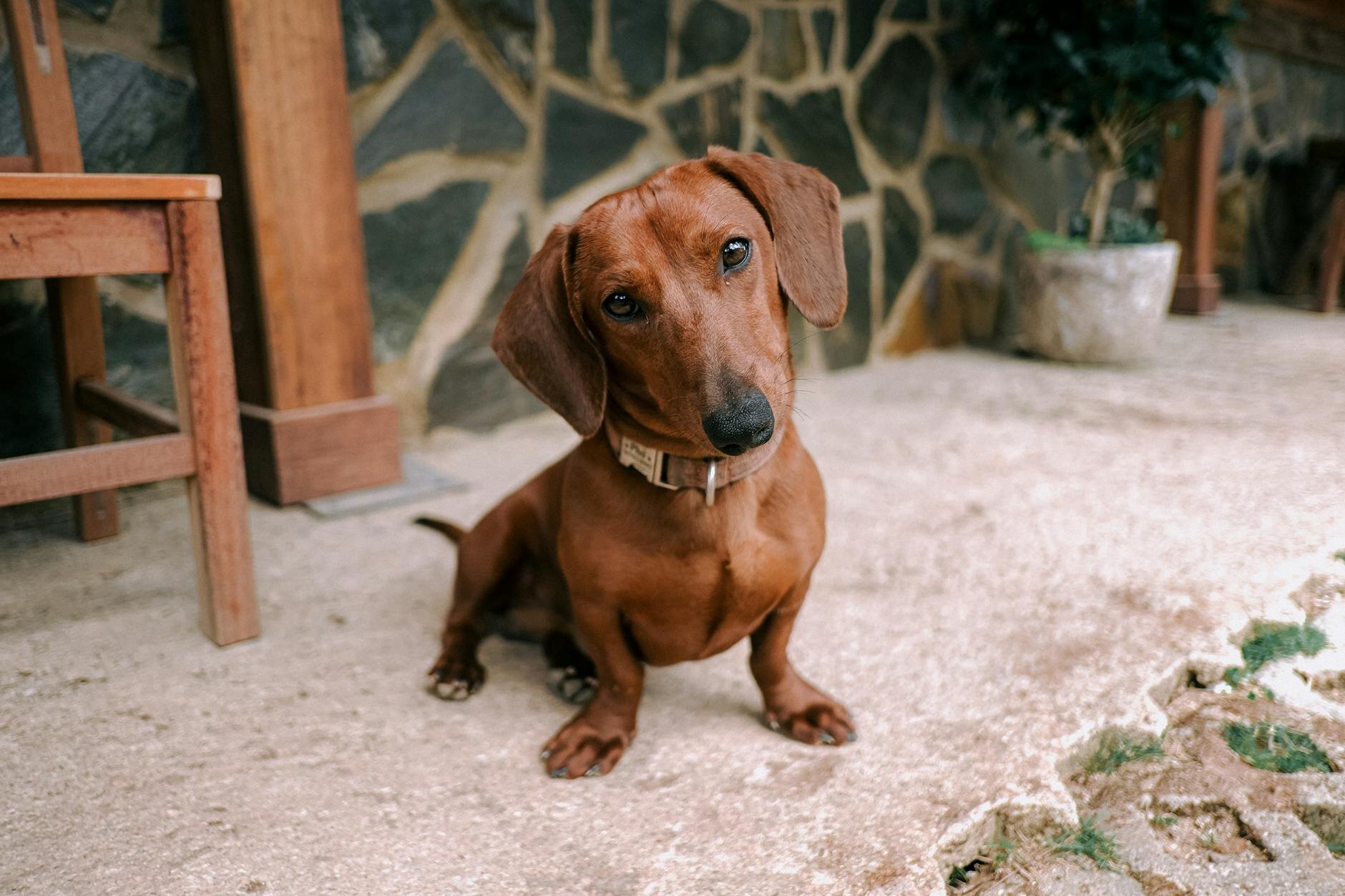
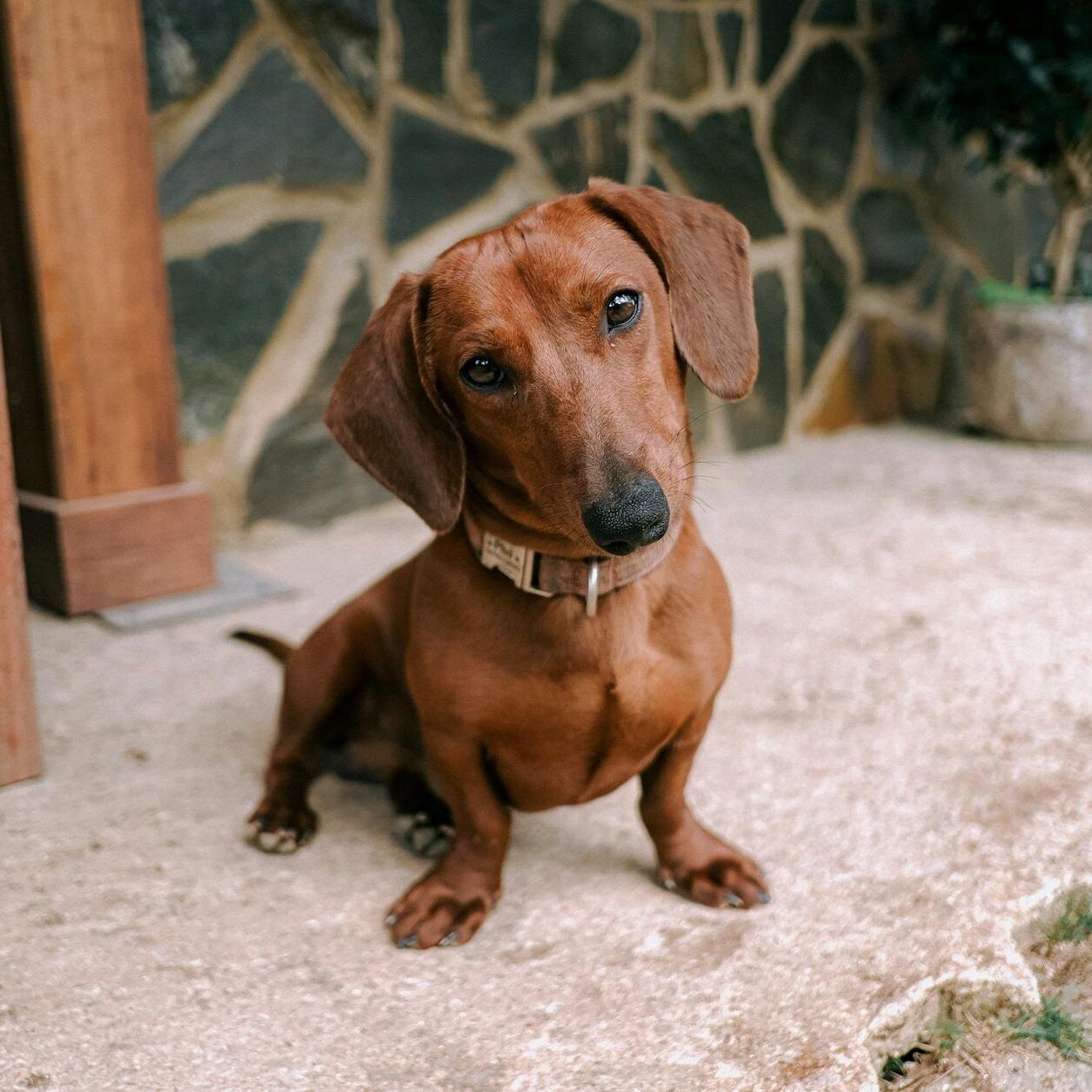

Nutrition
Proper nutrition for a Dachshund is crucial, with the primary goal being strict weight management to protect their back. Since obesity dramatically increases the risk of Intervertebral Disc Disease (IVDD), it's essential to feed precise, portion-controlled meals using a high-quality, small-breed specific food.
Best food for adult Dachshunds
The best food for a Dachshund is specifically formulated to manage their weight and support their unique musculoskeletal structure. For most adult Dachshunds, a premium, small-breed dry kibble is an excellent choice. Look for foods where high-quality, lean protein like chicken or fish is included as the first ingredient, and which contain beneficial supplements such as glucosamine, chondroitin, and omega-3 fatty acids (from fish oil) to support joint and spinal health.
For Dachshunds who are overweight or have a higher risk of back problems, a weight management formula is often the ideal option. Consulting with your veterinarian is the best way to choose a specific food that is perfectly tailored to your individual Dachshund's age, activity level, and health needs.
For more information, take a read through our article on the best dog food for dachshunds.
What to look for
Modified energy content to help maintain a healthy weight
Highly digestible proteins
Nutraceuticals such as fish oil or green lipped mussel powder for joint support
Vet picks
Best food for Dachshund puppies
Proper nutrition during their formative months is critical for a Dachshund puppy's long-term health, particularly for supporting their unique skeletal structure. It is essential to feed them a premium, small-breed puppy formula, as these are specifically designed with the correct kibble size and a precise balance of nutrients for controlled growth.
The diet should also be rich in high-quality protein to build lean muscle and contain DHA, an omega-3 fatty acid, to support brain and eye development. Feeding three to four small, portion-controlled meals per day helps maintain stable energy levels and prevents them from becoming overweight, setting the foundation for a healthy and active adult life.
What to look for
Balanced energy and calcium to phosphorus ratio for healthy bone development
Highly digestible formula to help prevent tummy upsets
DHA for healthy brain and eye development
Vet picks
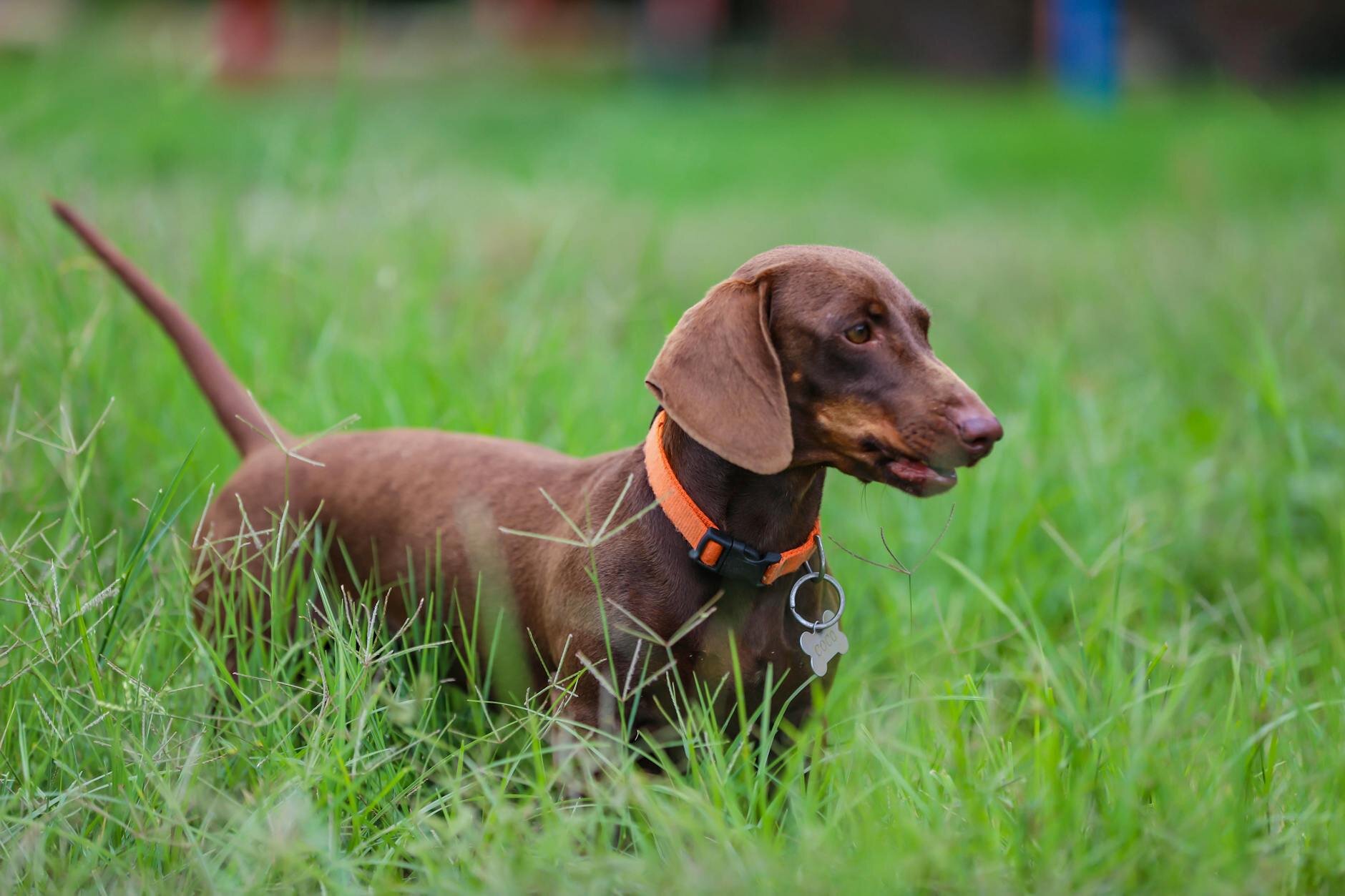
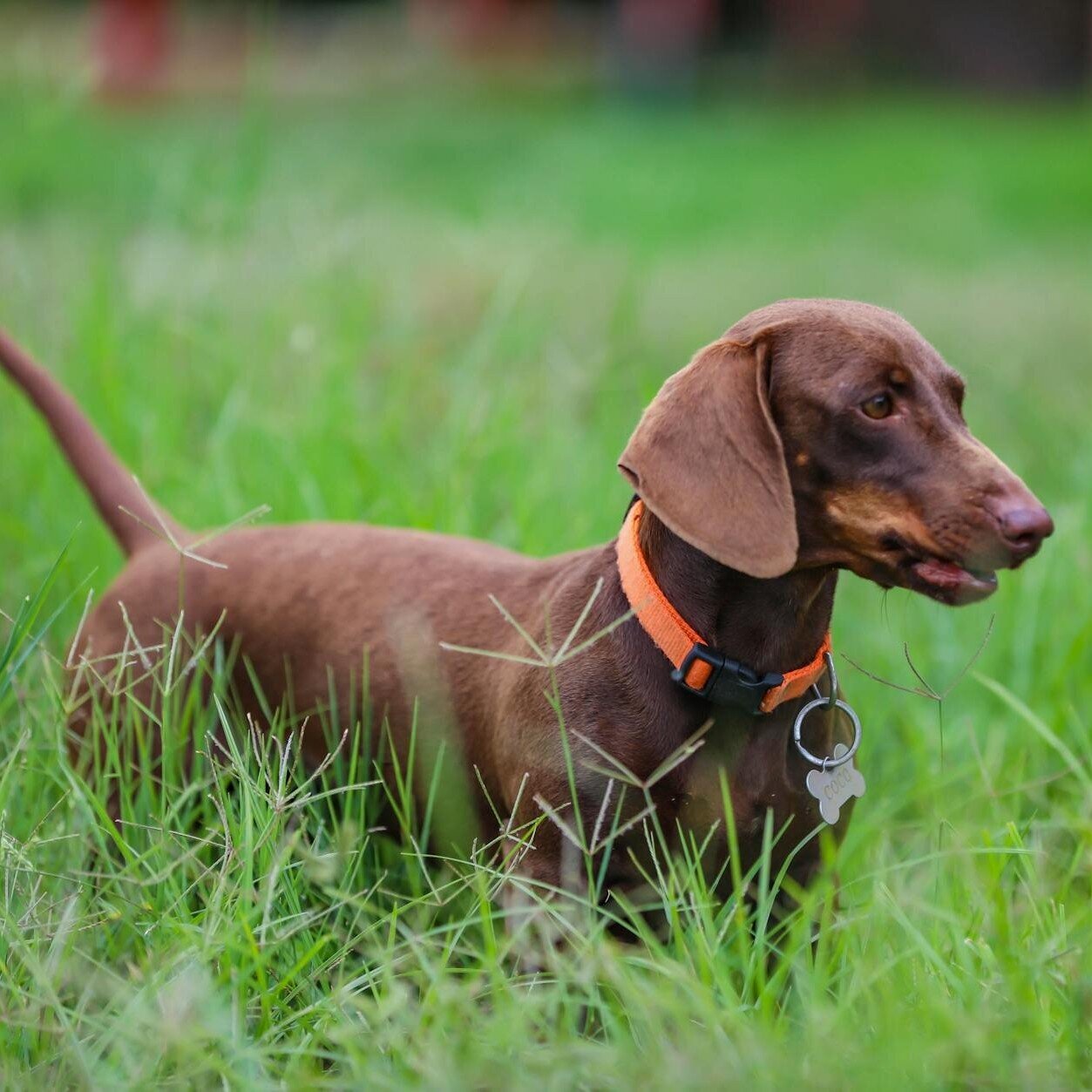

Flea & worming
To maintain your Dachshund's health, keeping them protected year-round from common parasites is essential. This preventative care must include comprehensive coverage against fleas, ticks, heartworm, and intestinal worms.
Best flea and worming treatments for Dachshunds
Given their love for burrowing in blankets and being close to their families, as well as their different coat types, certain treatment styles are often more suitable than others.
The most popular and convenient options for Dachshunds are all-in-one oral treatments. These are chewable tablets or chews that cover multiple parasites in a single dose.
What to look for
Oral chews and tablets to avoid application issues through dense coats
All in one products for simplicity
Always double check the weight range to ensure an effective dose
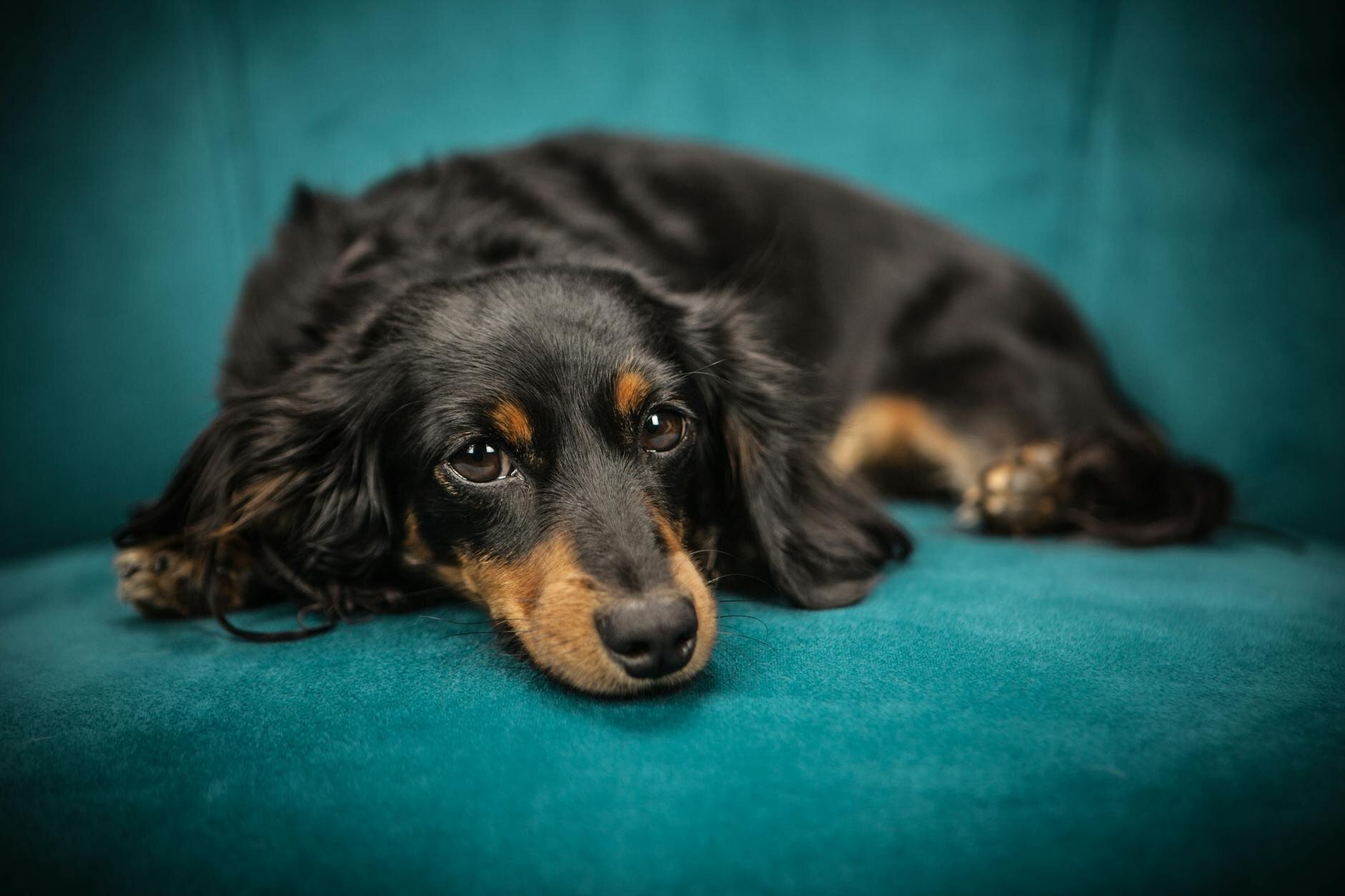
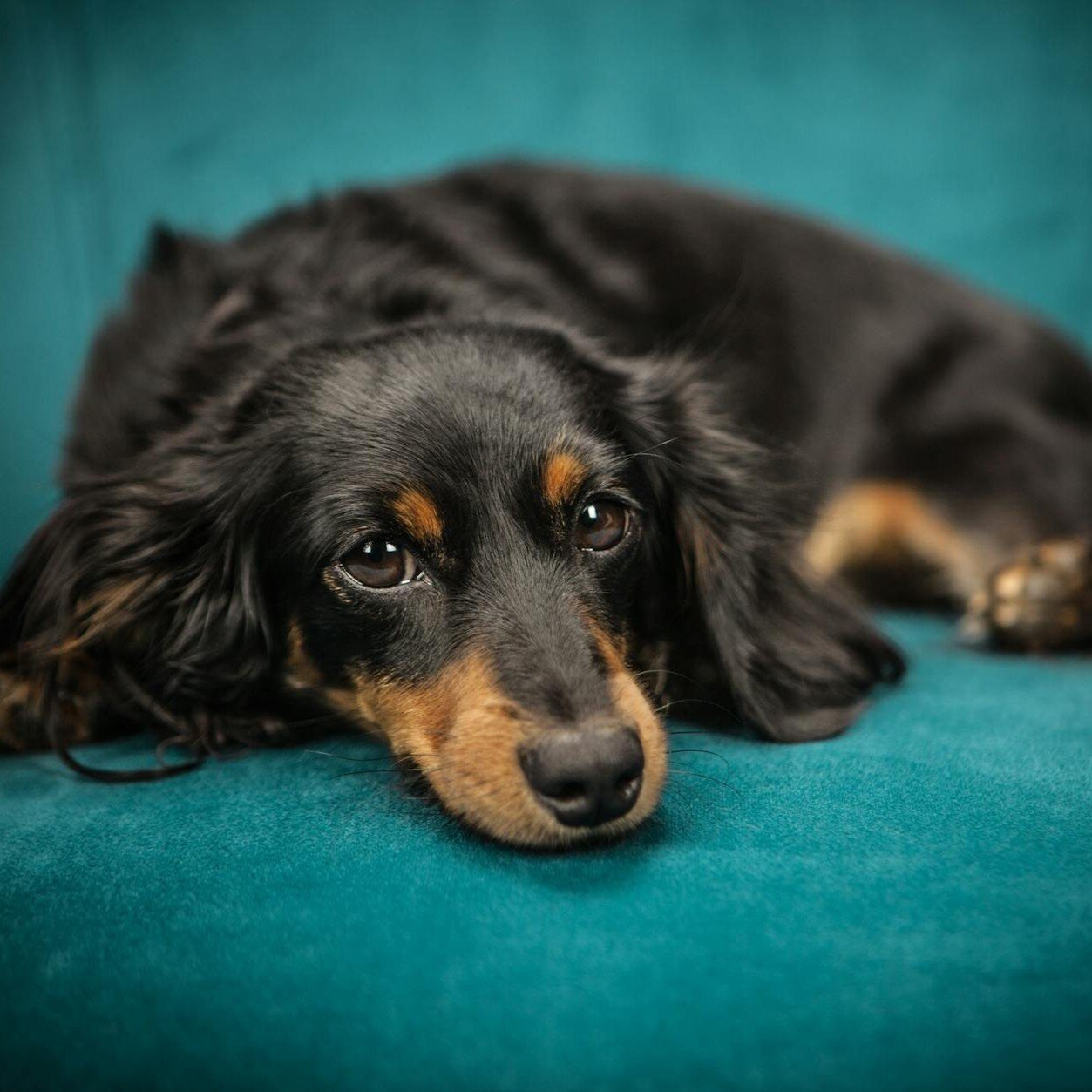

Health
A cornerstone of health management in Dachshunds is maintaining a healthy weight through a balanced diet and portion control, which minimises stress on their back. Regular veterinary check-ups, consistent dental care to prevent periodontal disease, and controlled exercise are also key components of a proactive plan to ensure these spirited dogs live a long, comfortable, and healthy life.
Best products for weight management in Dachshunds
Feeding a diet formulated to help proactively maintain a healthy weight is an excellent starting point. For overweight or obese Dachshunds, therapeutic veterinary diets lower in calories with tailored levels of protein and fibre can help them lose weight while also preventing hunger between meals. In addition, using slow feeders or treat dispensing toys to slow down eating may also help to promote feelings of satiety and reduce begging between meals. Remember that it's essential to consult your veterinarian before starting your pet on a veterinary diet or embarking on a weight loss plan.
What to look for
Veterinary diets designed for weight loss while also promoting satiety
Slow feeders and treat dispensing toys to slow down mealtimes
Lower calorie treat options
Best products for managing dental health in Dachshunds
Dachshunds are notoriously prone to dental disease, a condition stemming largely from their unique jaw structure. Their long, narrow muzzles often lead to crowded teeth, creating tight spaces where plaque and food particles can easily accumulate. If not removed, this plaque hardens into tartar, leading to gingivitis (inflamed gums), significant pain and tooth decay.
The consequences extend beyond bad breath and oral discomfort; bacteria from advanced periodontal disease can enter the bloodstream and contribute to serious systemic health issues affecting the heart, kidneys, and liver. Diligent dental care, including regular at-home brushing, providing dental chews, and scheduling professional veterinary cleanings are critical components of a dachshund's overall health and longevity.
What to look for
Veterinary Oral Health Council (VOHC) tick of approval on dental care products
Veterinary dental or oral care diets that help clean your Dachshunds teeth with every mouthful
Soft toothbrushes and flavoured pet-specific toothpastes to make regular toothbrushing easier
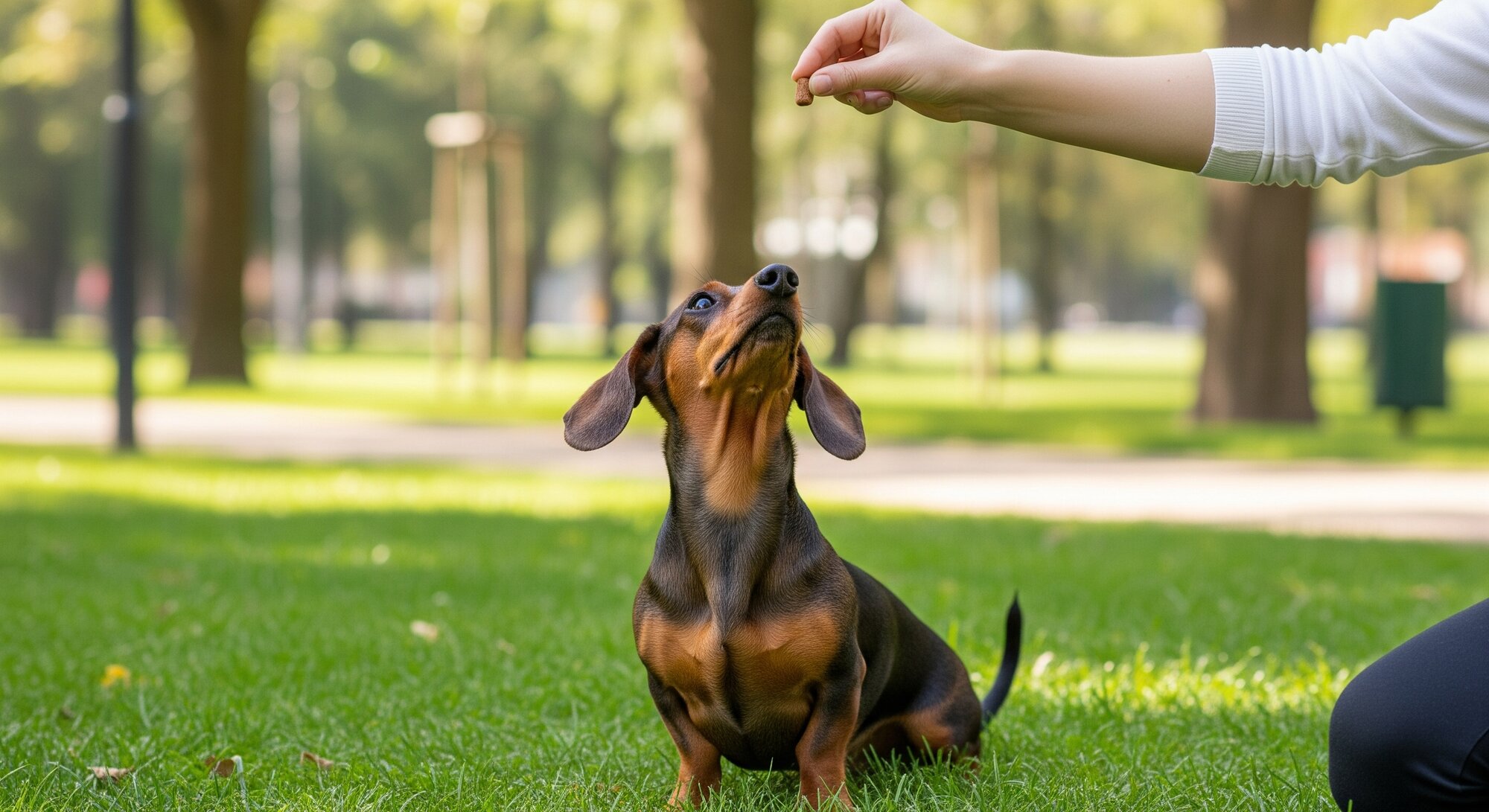
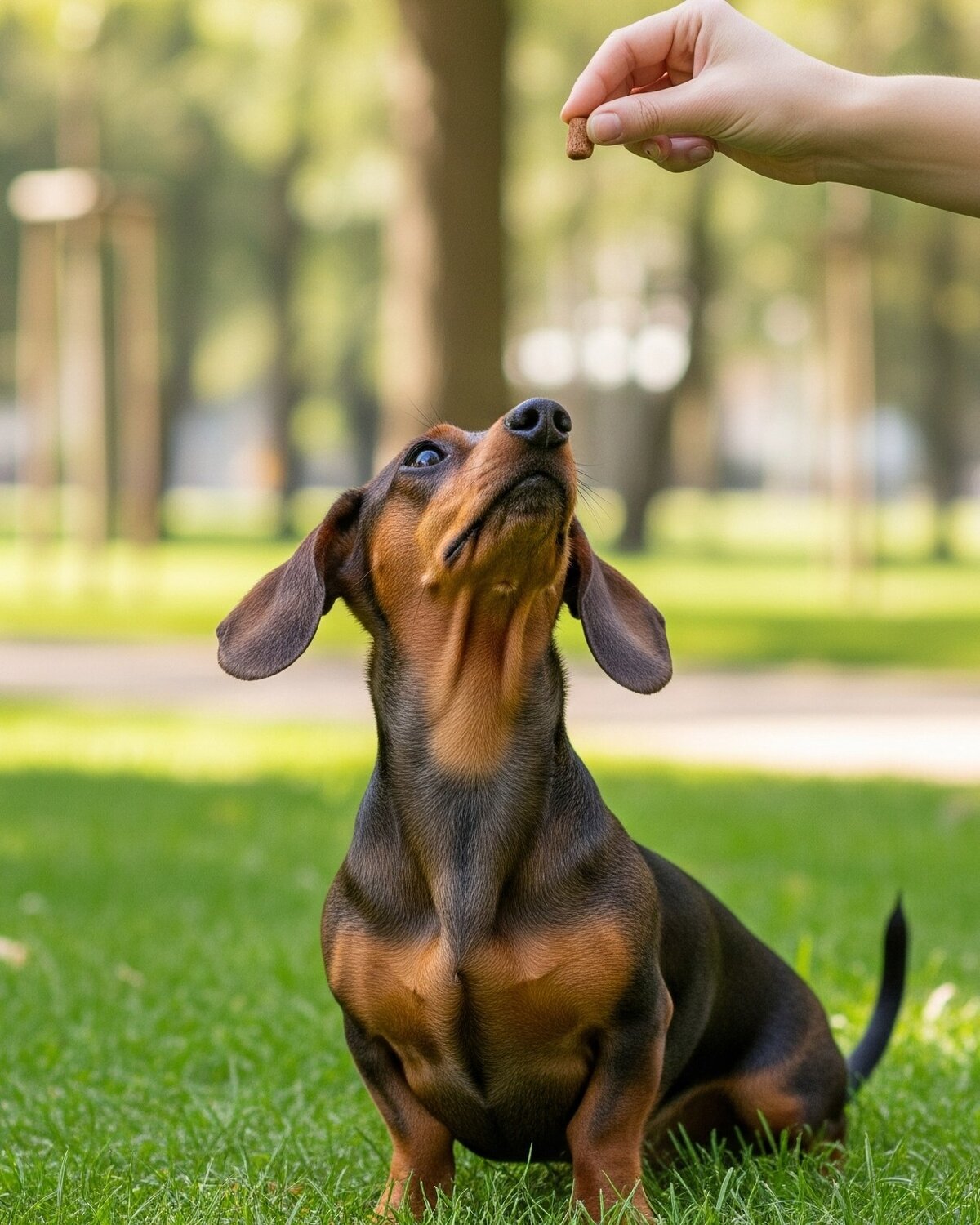
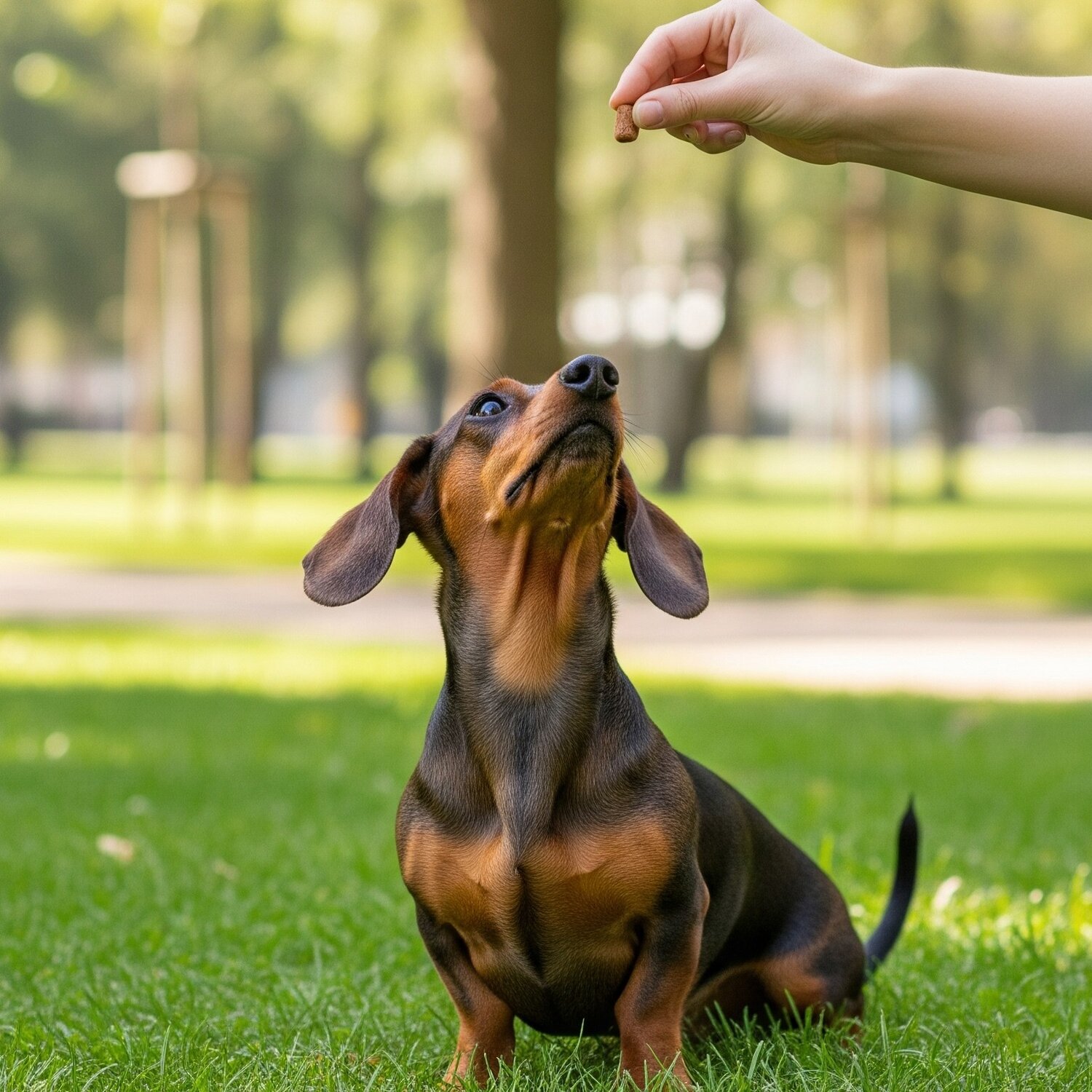
Training and activity
Despite their small size, dachshunds possess a bold intelligence and surprising stamina, making their training and activity needs unique. Their hunting heritage gifts them with an independent and often stubborn streak, meaning training requires abundant patience, consistency, and positive reinforcement; harsh commands will likely be met with defiance. Early socialisation and diligent house-training are particularly important.
Best toys for Dachshunds
When selecting toys for a dachshund, it's crucial to cater to their unique physical traits and spirited instincts. Prioritising safety, durability, and mental engagement by satisying their innate behaviours is first and foremost.
Dachshunds, despite their small size, possess powerful jaws and a determined chewing instinct. Opt for toys made from durable, non-toxic materials such as hard rubber or nylon. Always choose a size that is large enough that it cannot be swallowed. Regularly inspect toys for signs of wear and tear, such as splintering or cracking, and discard any that are damaged.
Bred for hunting badgers, dachshunds have a strong prey drive and a love for burrowing. Toys that allow them to exercise these innate behaviours provide excellent mental stimulation, such as toys that squeak or have a crinkle sound, hide-and-seek puzzle toys and snuffle mats. Avoid plush soft toys.
Dachshunds are intelligent dogs that can get bored easily, which may lead to destructive behaviour. Interactive toys such as treat dispensing toys and puzzle feeders are a great way to keep their minds active, and add low-impact activity into their day.
What to look for
Tough durable toys to suit their powerful jaw
Toys to suit their natural hunting and burrowing instincts
Larger size toys for durability and safety
Best harnesses and walking accessories for Dachshunds
When selecting walking accessories for a dachshund, prioritising their spinal health is paramount. A well-fitted harness is the best choice for walks, as it distributes pressure across the chest and shoulders, avoiding strain on their neck and long back, which helps to reduce the risk of Intervertebral Disc Disease (IVDD).
Look for harnesses with a Y-shaped front that doesn't restrict shoulder movement, multiple adjustment points for a snug and secure fit, and soft, breathable padding.
While a harness is essential for leash attachment, a lightweight, flat collar should still be worn, but its purpose is to hold identification tags. A standard, non-retractable leash offers the best control and prevents the sudden jerking associated with retractable leashes.
What to look for
Adjustable well-fitting harness
Flat collar to hold ID tag and non-retractable lead
Bite sized, high value treats and a treat pouch for training on the go

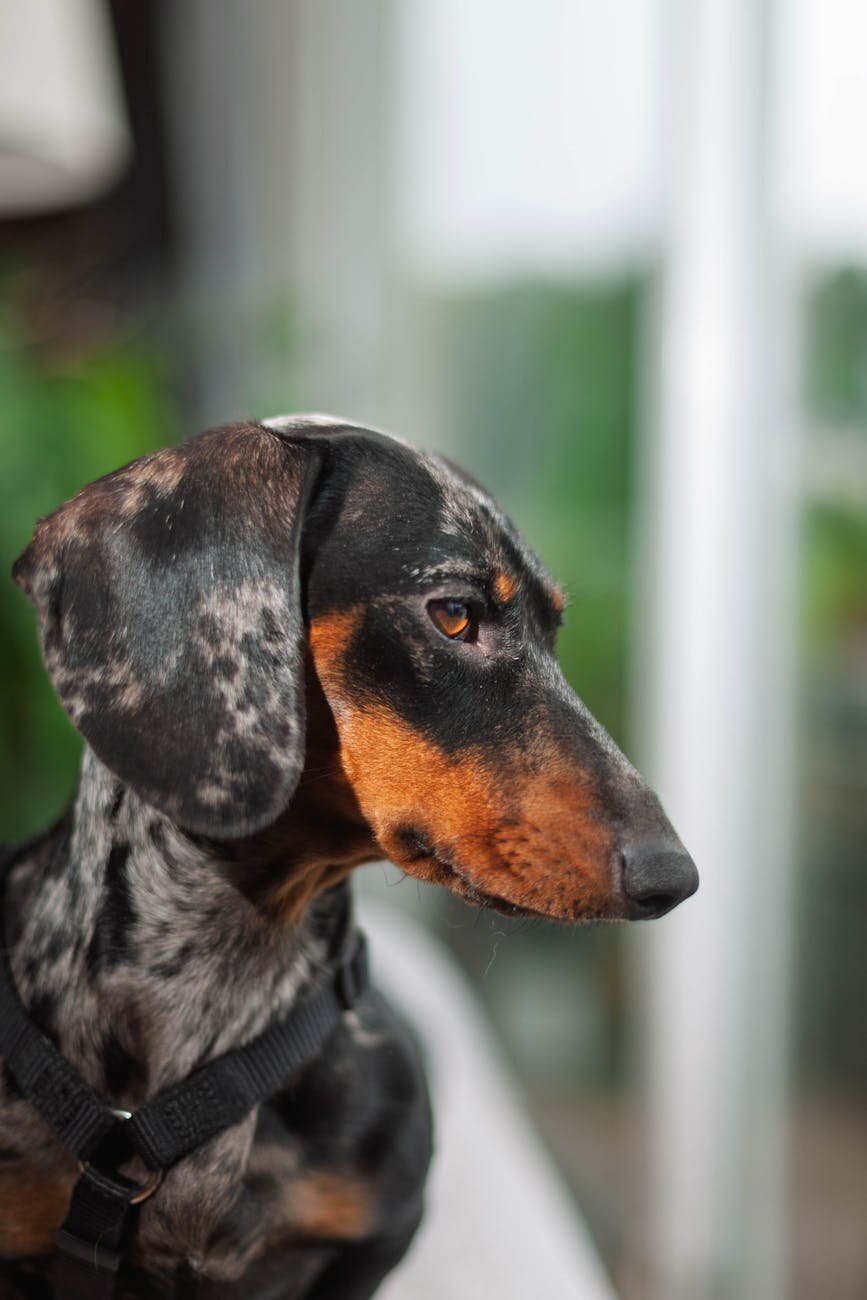

Grooming
Grooming for dachshunds varies by their coat. Smooth coats require minimal weekly brushing, while long-haired varieties need frequent brushing to prevent mats. Wire-haired dachshunds have the most specific need: their coat must be hand-stripped to maintain its texture. Bathing should be infrequent for all types, done only as needed to preserve natural skin oils.
Best grooming products for Dachshunds
The grooming needs of a dachshund are dictated by one of their three distinct coat types, each with unique requirements. The smooth-coated variety is the most low-maintenance, needing only a weekly brush with a grooming glove or soft bristle brush to remove loose hair and keep their coat glossy. Long-haired dachshunds demand more attention, requiring brushing several times a week with a slicker or pin brush to prevent mats and tangles from forming in their silky feathering, especially behind the ears and on their underbelly.
The wire-haired dachshund has the most specialised needs; their coarse outer coat should be hand-stripped two to three times a year by a groomer or trained owner to maintain its correct texture and health, as clipping can damage the wiry quality.
Dachshunds should be bathed no more than once a fortnight, to prevent stripping of the natural oils of the coat.
What to look for
Gentle ear cleaners for weekly use to maintain eat health and prevent infections
Grooming gloves, bristle brushes and slicker brushes
Shampoos and conditioners that support a healthy skin barrier
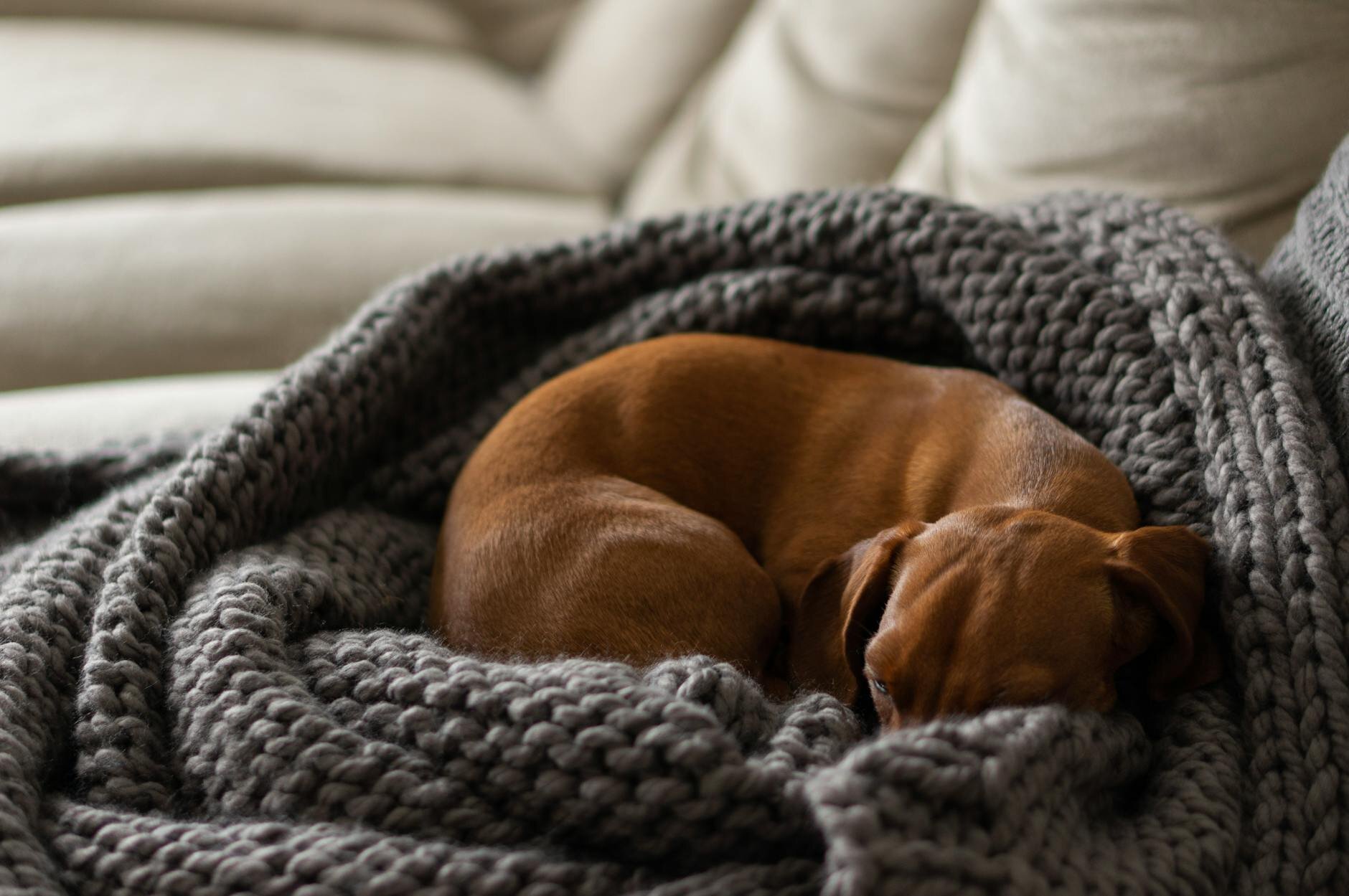
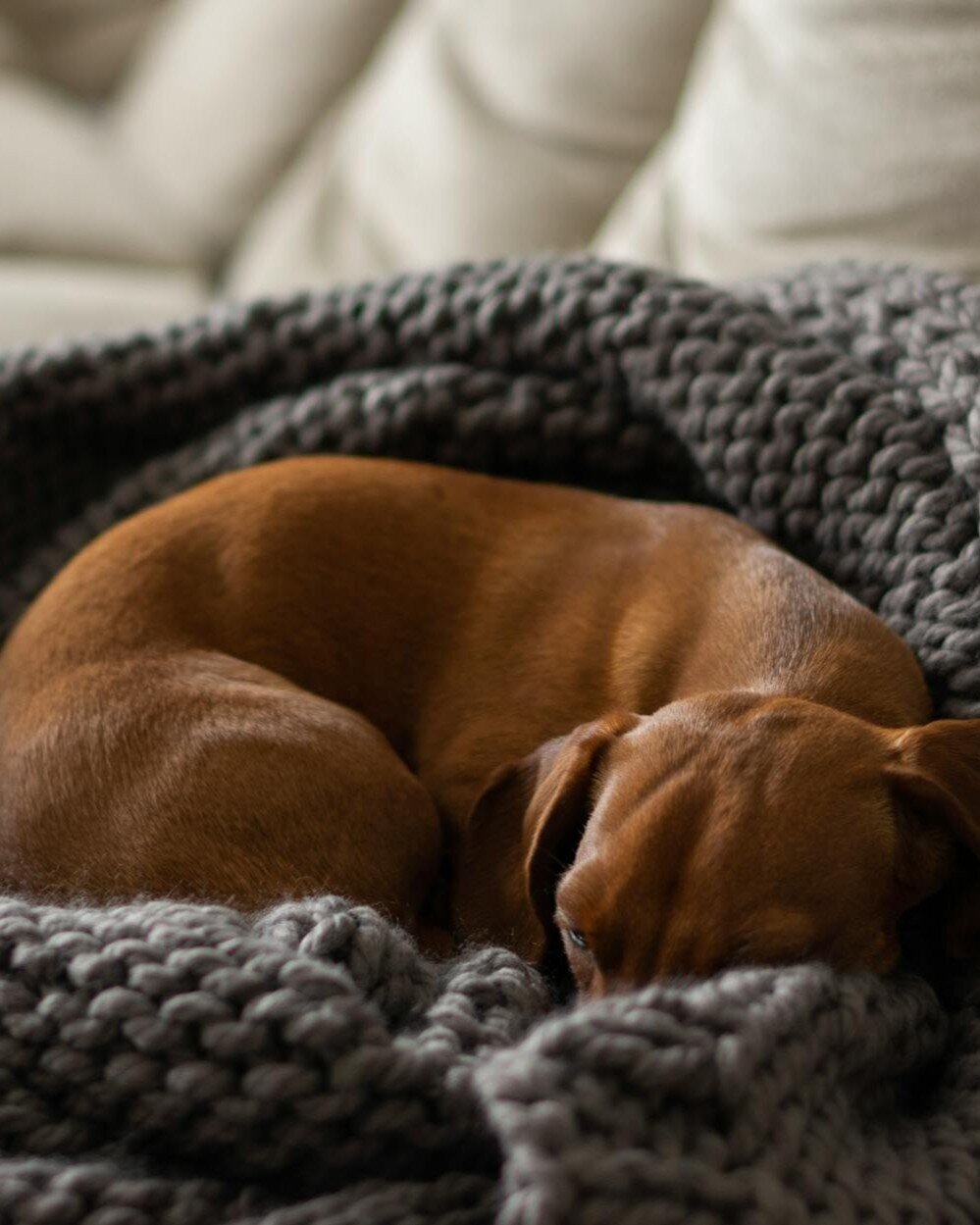
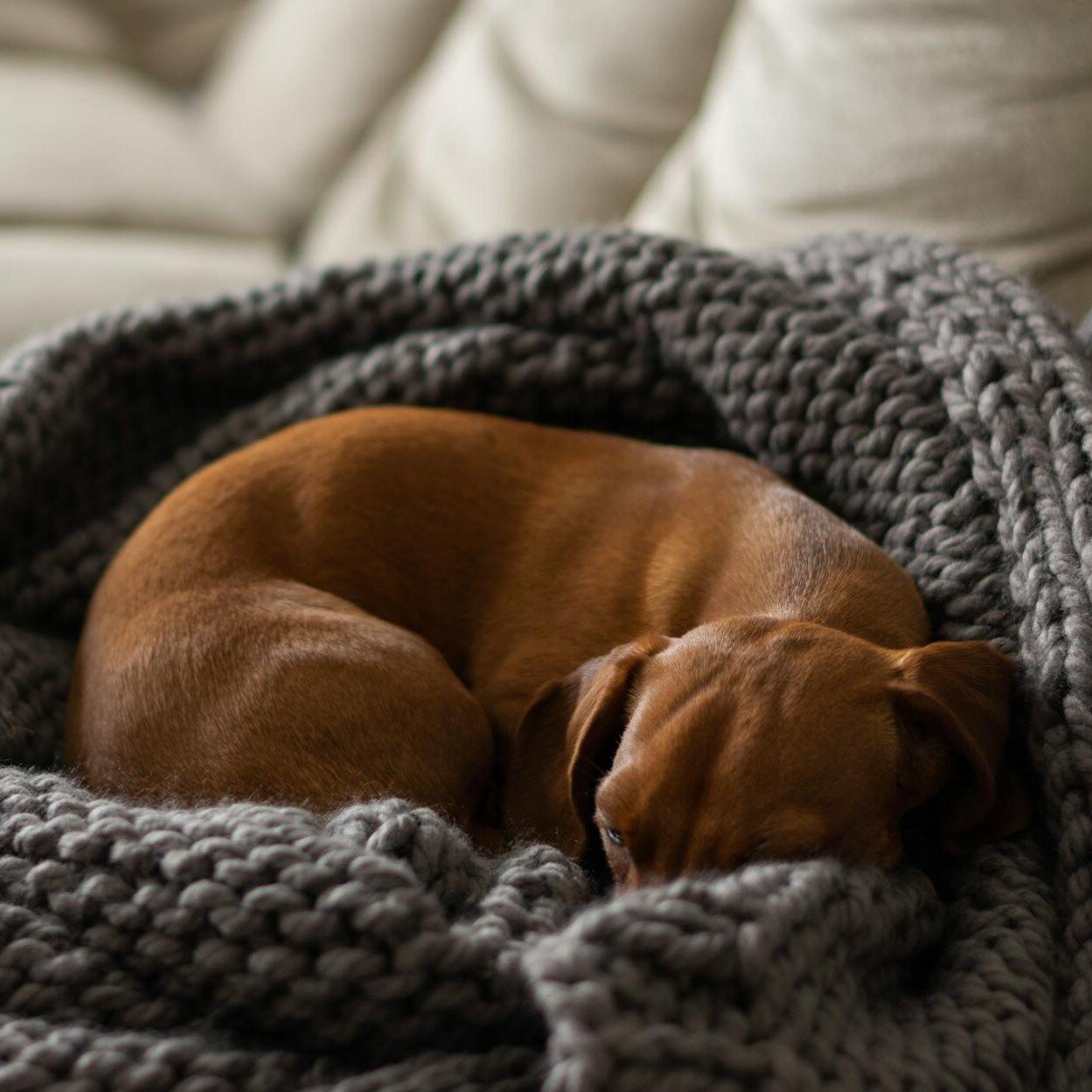
Sleep and home
At home, dachshunds are masters of comfort, balancing long hours of sleep with a need for a safe and engaging environment. They are significant sleepers, often resting for 12-14 hours a day, and are natural burrowers who find security and warmth by tunnelling under blankets, pillows, or in cave-style beds.
Best beds and support for Dachshunds
To accommodate their burrowing instincts, providing Dachshunds with soft bedding and plenty of covers is essential. Beyond a cosy place to rest, their home environment must be adapted to protect their vulnerable spines. It is absolutely critical to use ramps or pet steps to prevent them from jumping on or off furniture, as this is a primary cause of back injuries (IVDD). Their living space should also include a variety of toys for mental stimulation to prevent boredom, and because they are such social dogs, they thrive on companionship and being involved in family life.
What to look for
Cosy beds and blankets
Ramps and stairs to limit jumping
Beds with a low entry point

